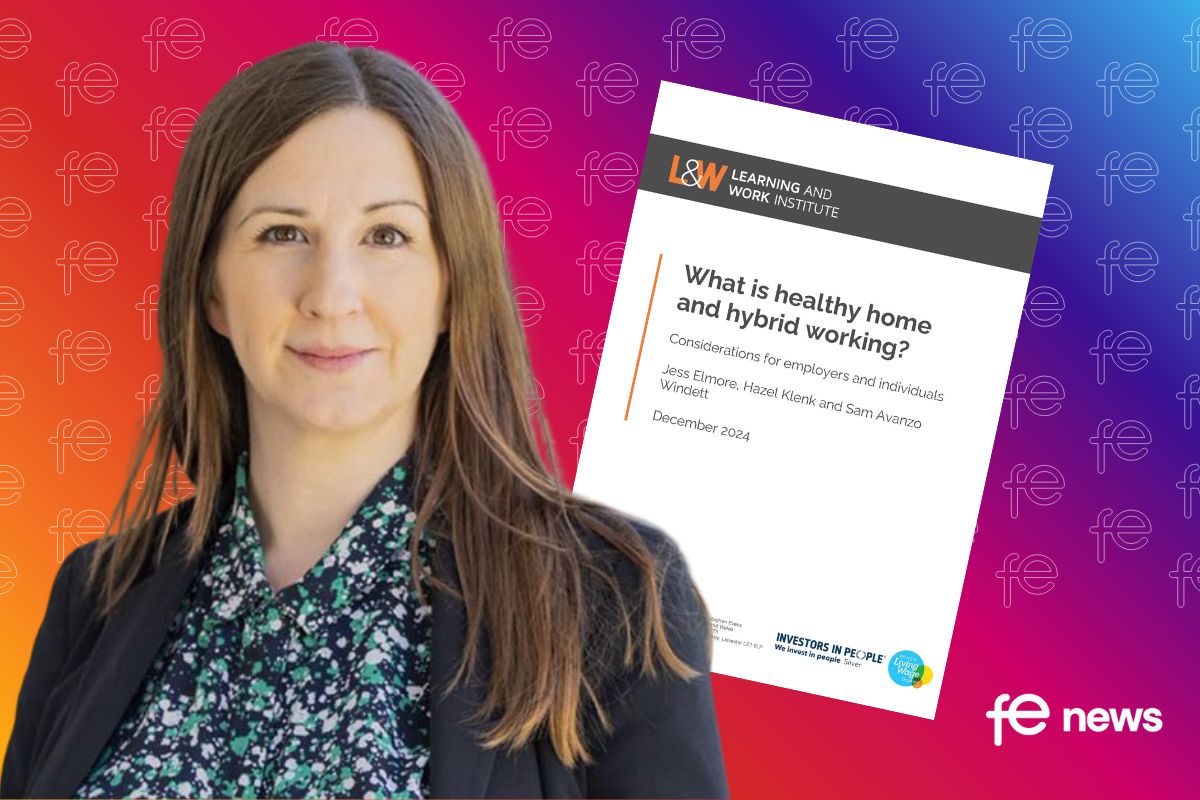Why cloud technology is shaping Higher Education

The challenge of doing more with less remains a key consideration for higher education leaders and gradually cloud technologies are becoming established as an innovative and cost-effective way to meet this goal.
The benefits are often flaunted and research by Gartner indicated that the shift to Software-as-a-Service (SaaS) is inevitable, claiming by 2020, a ‘no-cloud’ policy will be as rare as a ‘no-Internet’ policy is today.
As many universities already migrating back-end functions and deploying SaaS technologies, it’s clear to see that the higher education sector is currently undertaking major investment in cloud infrastructures.
With this in mind, it’s a good time to review the benefits of cloud and the best steps to take in order to simplify current IT infrastructures within education.
One of the biggest barriers to higher education SaaS adoption sits with existing investments in on-premise solutions. It’s actually a challenge for many educational organisations and Helen Walker, Chief Technology Officer at the Department of Education has acknowledged this.
Explaining that whilst the department has undertaken a lot of work around shifting to the cloud, there is still plenty of legacy applications left to tackle. Legacy technology platforms can be extremely expensive to maintain and difficult to change; this could partly be why the department has adopted a ‘buy not build’ strategy, which looks to eliminate unnecessary duplication and create long-term strategic investment decisions.
Removing outdated technology
Owning and maintain software leaves higher education institutions at risk of incurring many hidden costs. From the overhead of in-house resources and physical servers, to missed revenue opportunities through lack of computing power – these costs can add up to hundreds of thousands of pounds. However, SaaS delivery models can help education providers to save money and remain competitive, whilst meeting the ever-changing expectations of students. It’s no secret that students expect 24/7 online access to course content, administrative support and learning resources – through any device. SaaS student management systems are well placed to help higher education providers keep up with demand, while forgoing costly and inflexible legacy systems.
Additionally, with upgrades and updates managed by the vendor, many education providers are able to stay ahead of the curve for less cost and effort. Not only does this mean that software meets legislative and regulatory requirements, it also ensures the cost of maintaining compliance with cyber security policies and legislation such as GDPR is reduced, and the risk is minimised. This approach ultimately reduces reliance on specialist IT resources to maintain systems, which frees up resources and enables a greater focus on more value-added activities.
Every cloud has a silver lining
There are several factors shaping the opportunity for cloud-based applications in higher education and a key driver is the need for integrated and streamlined processes. To operate efficiently, higher education providers need integrated applications for invoicing, billing, document management, student management and other back-office functions. SaaS applications enable higher education providers to streamline the performance of administrative functions such as human resources, student admissions, timetabling and records management. By migrating the related applications to the cloud, administrative staff members can access, amend and update information from anywhere with internet access. SaaS also provides administrators with scalability benefits not available on-premise.
Cost savings offer another compelling incentive for educational institutions to adopt SaaS technologies. By only paying for the services that are used, the cloud offers significant opportunities to accelerate an institution’s return on investment – as well as eliminating the threat of costly and disruptive downtime due to internal system failures.
Similarly, for many IT departments, the safeguarding of infrastructure poses a significant challenge to the budget. For instance, disaster recovery can be a costly and time-consuming process for on-premise solutions – backup tapes alone can cost thousands of pounds each year. Because a SaaS system is hosted in the cloud by a third-party provider, IT departments are freed from the burden of ongoing on-site maintenance.
With the vendor responsible for aspects such as disaster recovery, security and upgrades, education providers can focus on improving student experience and driving retention and acquisition, rather than securing software and data. This enables institutions to shift their focus to managing operational costs and forecasting budgets more effectively.
Ultimately, higher education institutions are in the business of providing education services to students. Resource should never be focused on updating and maintaining IT services.
Using delivery models such as SaaS offers a wide range of benefits to many institutions. Most importantly, it allows them to refocus their energy on the purpose of higher education – teaching, learning and research.
Anwen Robinson, UK Operating Officer at TechnologyOne











Responses